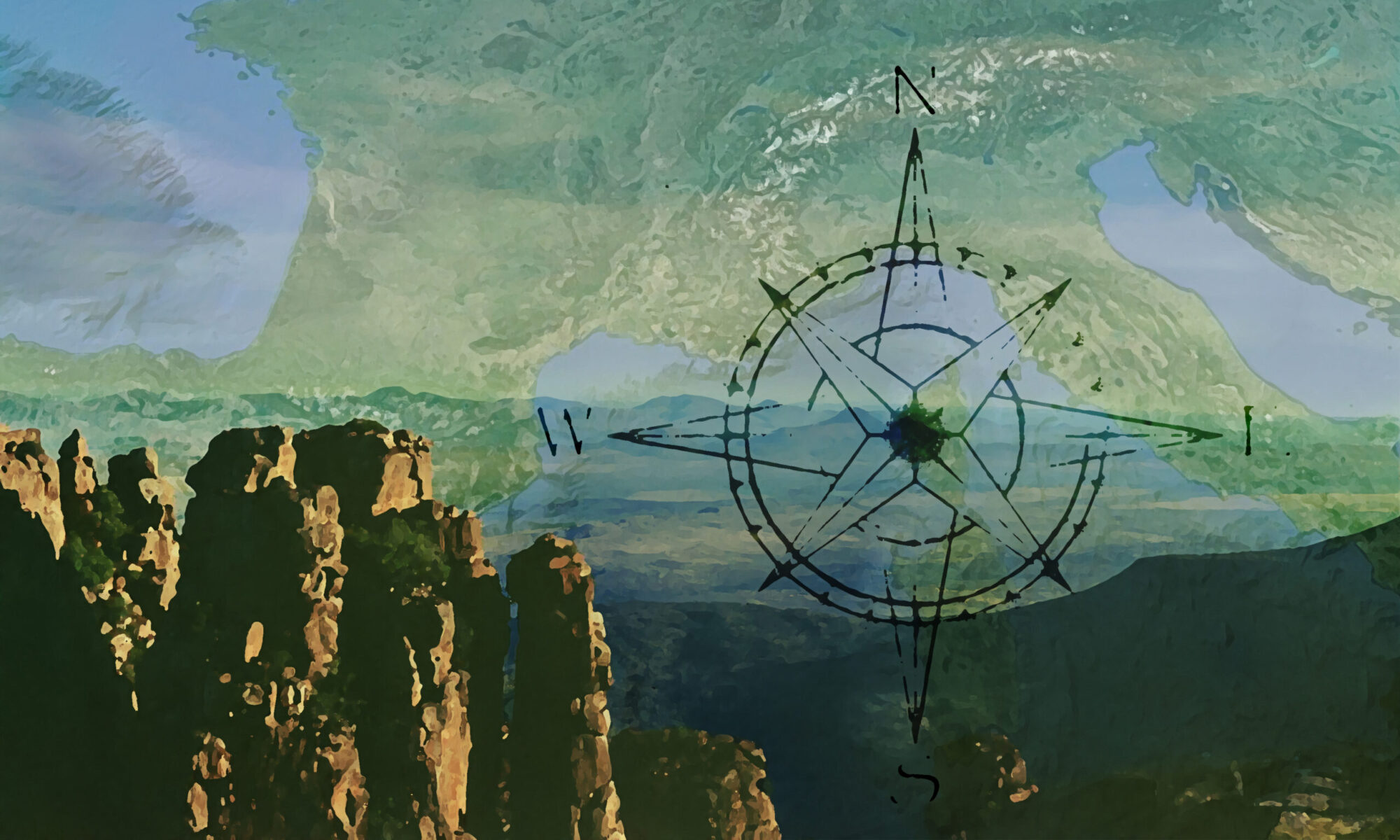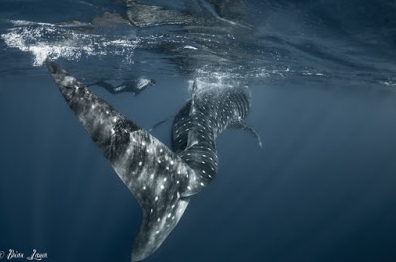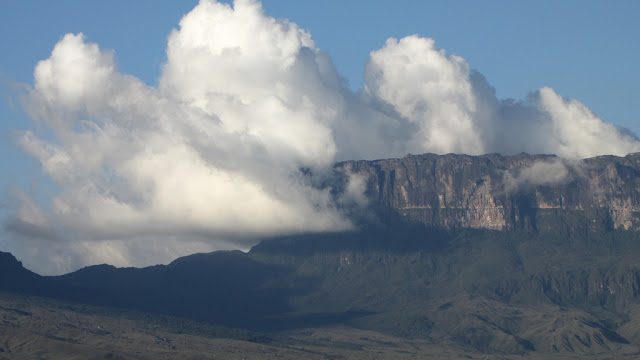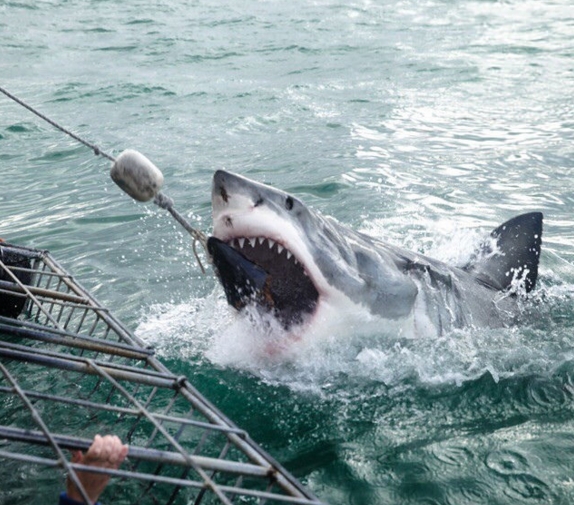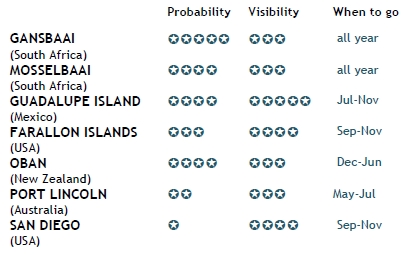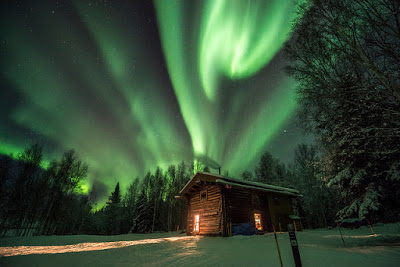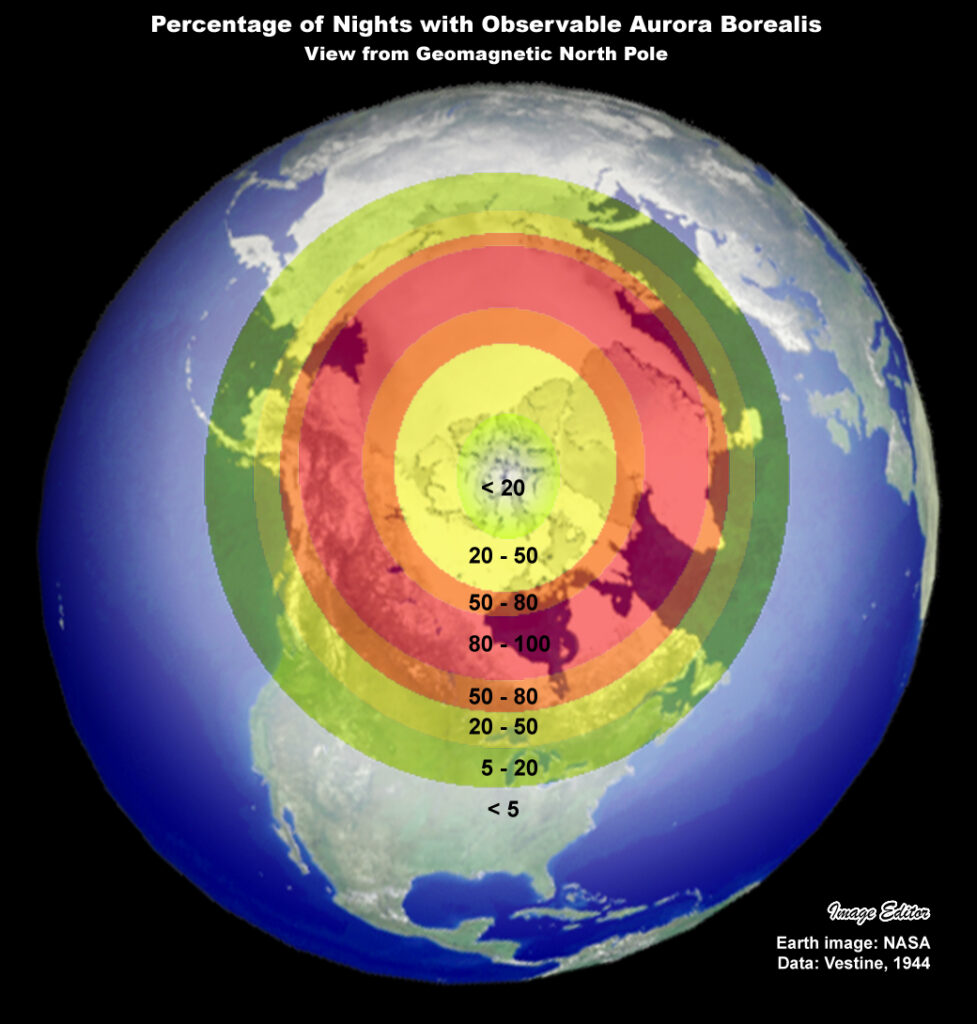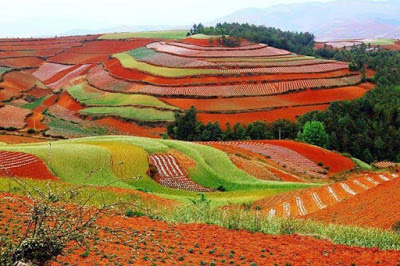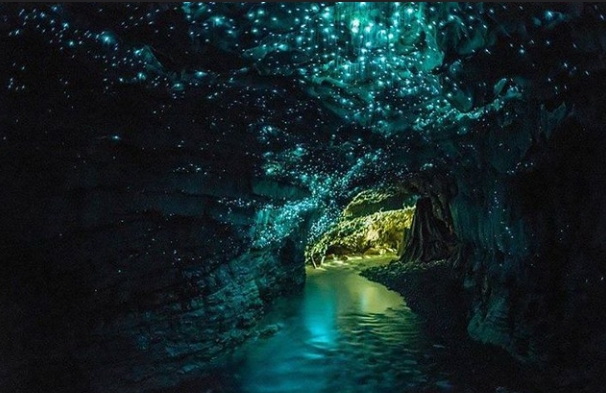
HIGHEST MOUNTAINS
1. Everest 8 848 m (China, Nepal)
2. K2 8 611 m (China, Pakistan)
3. Kangchenjunga 8 586 m (India, Nepal)
4. Lhotse 8 516 m (China, Nepal)
5. Makalu 8 463 m (China, Nepal)
6. Cho Oyu 8 201 m (China, Nepal)
7. Dhaulagiri 8 167 m (Nepal)
8. Manaslu 8 163 m (Nepal)
9. Nanga Parbat 8 125 m (Pakistan)
10. Annapurna 8 091 m (Nepal)
11. Gasherbrum 8 068 m (Pakistan)
12. Broad Peak 8 047 m (Pakistan)
13. Shishapangma 8 012 m (Pakistan)
14. Gyachung Kang 7 952 m (China, Nepal)
15. Himalchuli 7 893 m (Nepal)
LONGEST RIVERS
1. Amazon, Ucayali, Apurímac 6 992 km (Brazil, Perù, Bolivia, Colombia, Ecuador, Guyana, Venezuela)
2. Nile, Kagera 6 853 km (Ethiopia, Eritrea, Sudan, Uganda, Tanzania, Kenya, Rwanda, Burundi, Egypt, Congo, South Sudan)
3. Yangtze 6 300 km (China)
4. Mississippi, Missouri, Jefferson 6 275 km (U.S.A., Canada)
5. Yenisei, Angara, Selenge 5 539 km (Russia, Mongolia)
6. Huang He 5 464 km (China)
7. Ob, Irtysh 5 410 km (Russia, Kazakhstan, China, Mongolia)
8. Paraná, Río de la Plata 4 880 km (Brazil, Argentina, Paraguay, Bolivia, Uruguay)
9. Congo, Chambeshi 4 700 km (Central African Republic, Congo, Angola, Republic of the Congo, Tanzania, Cameroon, Zambia, Burundi, Rwanda)
10. Amur, Argun 4 444 km (Russia, Mongolia, China)
11. Lena 4 400 km (Russia)
12. Mekong 4 350 km (China, Myanmar, Thailand, Laos, Cambodia, Vietnam)
13. Mackenzie, Slave, Peace, Finlay 4 241 km (Canada)
14. Niger 4 200 km (Nigeria, Mali, Niger, Algeria, Cameroon, Guinea, Burkina Faso, Côte d’Ivoire, Chad, Benin)
15. Murray, Darling 3 672 km (Australia)
LARGEST LAKES
1. Caspian Sea 436 000 sq km (Kazakhstan, Russia, Turkmenistan, Azerbaijan, Iran)
2. Superior 82 100 sq km (Canada, U.S.A.)
3. Victoria 68 870 sq km (Uganda, Kenya, Tanzania)
4. Huron 59 600 sq km (Canada, U.S.A.)
5. Michigan 58 000 sq km (U.S.A.)
6. Tanganyika 32 600 sq km (Burundi, Tanzania, Zambia, Congo)
7. Baikal 31 500 sq km (Russia)
8. Great Bear Lake 31 000 sq km (Canada)
9. Malawi 29 500 sq km (Malawi, Mozambique, Tanzania)
10. Great Slave Lake 27 000 sq km (Canada)
11. Erie 25 700 sq km (Canada, U.S.A.)
12. Winnipeg 24 514 sq km (Canada)
13. Ontario 18 960 sq km (Canada, U.S.A.)
14. Ladoga 18 130 sq km (Russia)
15. Balkhash 16 400 sq km (Kazakhstan)
TALLEST WATERFALLS
1. Angel Falls 979 m (Venezuela)
2. Tugela Falls 948 m (South Africa)
3. Tres Hermanas Falls 914 m (Perù)
4. Olo’upena Falls 900 m (Hawaii, U.S.A.)
5. Yumbilla Falls 896 m (Perù)
6. Vinnufossen 860 m (Norway)
7. Balaifossen 850 m (Norway)
8. Pu’uka’oku Falls 840 m (Hawaii, U.S.A.)
9. James Bruce Falls 840 m (Canada)
10. Brownie Falls 836 m (New Zealand)
11. Strupenfossen 820 m (Norway)
12. Ramnefjellsfossen 818 m (Pakistan)
13. Waihilau Falls 792 m (Hawaii, U.S.A.)
14. Colonial Creek Falls 788 m (U.S.A.)
15. Mongefossen 773 m (Norway)
COLDEST PLACES
1. Vostok Station, Antarctica -89,2 °C -128.6 °F
2. Amundsen – Scott south pole station, Antarctica -82,8 °C -117 °F
3. Dome Argus, Antarctica -82,5 °C -116.5 °F
4. Verkhoyansk, Russia -69,8 °C -93.6 °F
5. Oymyakon, Russia -67,8 °C -90 °F
6. North Ice, Greenland -66,1 °C -87 °F
7. Snag, Canada -63 °C -81.4 °F
8. Prospect Creek, Alaska, U.S.A. -62 °C -80 °F
9. Ust Shchugor, Russia -58,1 °C -72.6 °F
10. Medicine Lake, U.S.A. -57 °C -70 °F
11. Malgovik, Sweden -53 °C -63.4 °F
12. Grunloch Doline, Austria -52,6 °C -62.9 °F
13. Mohe County, China -52,3 °C -62.1 °F
14. Kittila, Finland -51,5 °C -60.7 °F
15. Karasjok, Norway -51,4 °C -60.5 °F
HOTTEST PLACES
1.
Furnace Creek Ranch, Death Valley, U.S.A.
56,7 °C 134.1 °F
2.
Kebili, Tunisia
55,0 °C 131 °F
3.
Ahwaz, Iran
54,0 °C 129 °F
4.
Mitribah, Kuwait
54,0 °C 129.2 °F
5.
Tirat Zvi, Israel
54,0 °C 129.2 °F
6.
Basra, Iraq
53,9 °C 129.0 °F
7.
Mohenjo, Pakistan
53,5 °C 128.3 °F
8.
Al Jazeera Border Gate, United Arab Emirates
52,1 °C 125.8 °F
9.
Jeddah, Saudi Arabia
52,0 °C 125.6 °F
10.
El Bayadh, Algeria
51,3 °C 124.3 °F
11.
Phalodi, India
51,0 °C 123.8 °F
12.
Buraimi, Oman
50,8 °C 123.4 °F
13.
Semara, Western Sahara
50,7 °C 123.3 °F
14.
Oodnadatta, Australia
50,7 °C 123.3 °F
15.
Turpan, Xinjiang, China
50,5 °C 122.9 °F
LARGEST COUNTRIES by area
1. Russia 17 098 246 sq km
2. Canada 9 984 670 sq km
3. China 9 596 961 sq km
4. U.S.A. 9 525 067 sq km
5. Brazil 8 515 767 sq km
6. Australia 7 692 024 sq km
7. India 3 287 263 sq km
8. Argentina 2 780 400 sq km
9. Kazakhstan 2 724 900 sq km
10. Algeria 2 381 741 sq km
11. Congo 2 344 858 sq km
12. Saudi Arabia 2 149 690 sq km
13. Mexico 1 964 375 sq km
14. Indonesia 1 910 931 sq km
15. Sudan 1 861 484 sq km
LARGEST COUNTRIES by population (2019)
1. China 1 435 000 000
2. India 1 369 500 000
3. U.S.A. 330 054 000
4. Indonesia 272 877 000
5. Brazil 210 573 000
6. Pakistan 216 316 000
7. Nigeria 200 963 600
8. Bangladesh 167 400 000
9. Russia 146 793 744
10. Mexico 126 577 691
11. Japan 126 150 000
12. Philippines 108 365 000
13. Egypt 99 416 400
14. Ethiopia 98 665 000
15. Vietnam 96 208 985
LARGEST CITIES by population (Administrative Areas)
1. Chongqing 30 165 500 (China)
2. Shanghai 24 183 300 (China)
3. Beijing 21 707 000 (China)
4. Istanbul 15 029 200 (Turkey)
5. Karachi 14 910 300 (India)
6. Dhaka 14 399 000 (Bangladesh)
7. Tokyo 13 515 300 (Japan)
8. Moscow 13 200 000 (Russia)
9. Guangzhou 13 081 000 (China)
10. Shenzhen 12 528 300 (China)
11. Mumbai 12 442 300 (India)
12. Sao Paulo 12 038 000 (Brazil)
13. Kinshasa 11 462 000 (Congo)
14. Tianjin 11 249 000 (China)
15. Lahore 11 126 000 (Pakistan)
LARGEST CITIES by population (Urban Areas)
1. Delhi 46 960 000 (India)
2. Tokyo 37 832 900 (Japan)
3. Shanghai 34 854 300 (China)
4. Jakarta 31 689 600 (Indonesia)
5. Chongqing 30 165 500 (China)
6. Seoul 25 514 000 (South Korea)
7. Guangzhou 25 000 000 (China)
8. Beijing 21 707 000 (China)
9. Manila 24 650 000 (Philippines)
10. New York 23 522 900 (U.S.A.)
11. Shenzhen 23 300 000 (China)
12. Mexico City 21 650 700 (Mexico)
13. Sao Paulo 21 243 000 (Brazil)
14. Lagos 21 000 000 (Nigeria)
15. Mumbai 20 748 400 (India)
TALLEST BUILDINGS
1. Burj Khalifa 828 m (Dubai, United Arab Emirates)
2. Shanghai Tower 632 m (Shanghai, China)
3. Abraj Al-Bait Clock Tower 601 m (Mecca, Saudi Arabia)
4. Ping An Finance Center 599 m (Shenzen, China)
5. Goldin Finance 117 597 m (Tianjin, China)
6. Lotte World Tower 555 m (Seoul, South Korea)
7. One World Trade Center 541 m (New York City, U.S.A.)
8. CTF Finance Center 530 m (Guangzhou, China)
9. CTF Finance Center 530 m (Tianjin, China)
10. China Zun 528 m (Beijing, China)
11. Taipei 101 508 m (Taipei, Taiwan)
12. World Financial Center 492 m (Shanghai, China)
13. International Commerce Centre 484 m (Hong Kong, China)
14. Wuhan Greenland Center 476 m (Wuhan, China)
15. Central Park Tower 472 m (New York City, U.S.A.)
LARGEST ANIMALS (average weight – length)
1. Blue whale 110 ton – 25 m
2. North Pacific whale 60 ton – 15,5 m
3. Sperm whale 31,25 ton – 13,2 m
4. Whale shark 11,8 ton – 9,7 m
5. Killer whale 6,3 ton – 7 m
6. Basking shark 5,2 ton – 7 m
7. African elephant 4,9 ton – 6,8 m
8. Asian elephant 4,15 ton – 6,3 m
9. Great white shark 2,1 ton – 4,8 m
10. White rhinoceros 2 ton – 4,5 m
11. Saltwater crocodile 2 ton – 4,5 m
12. Hippopotamus 1,8 ton – 4,5 m
13. Black rhinoceros 1,1 ton – 2,9 m
14. Giraffe 1 ton – 5,15 m
15. Ocean sunfish 1 ton – 1,8 m
